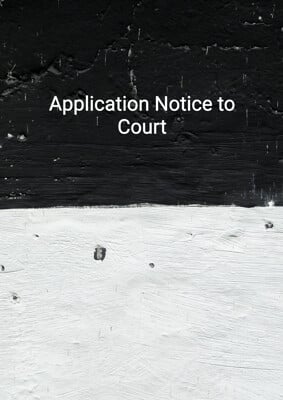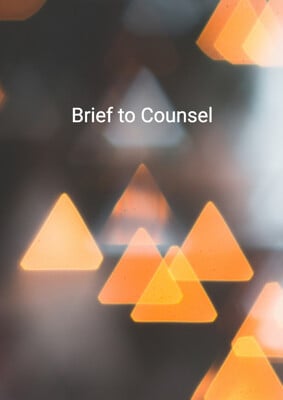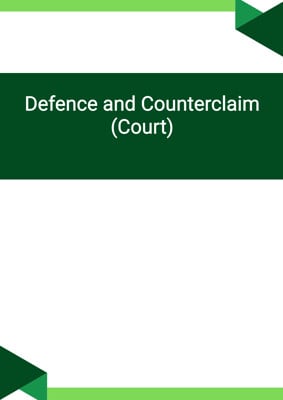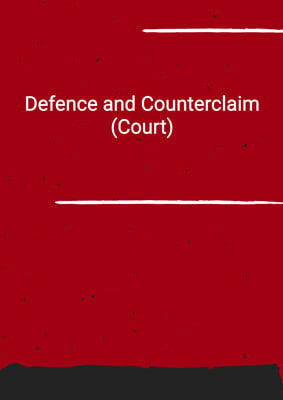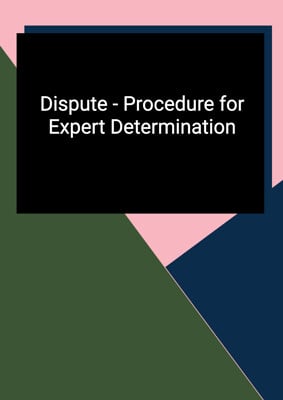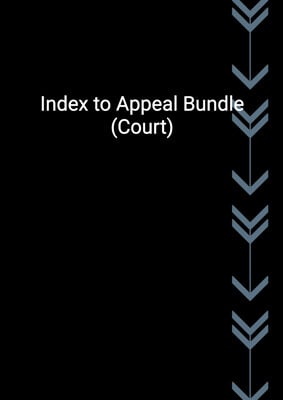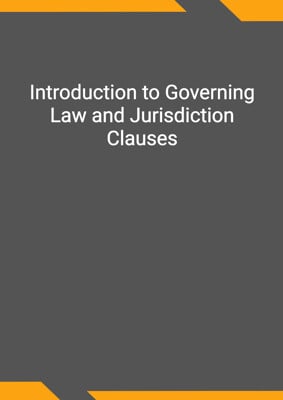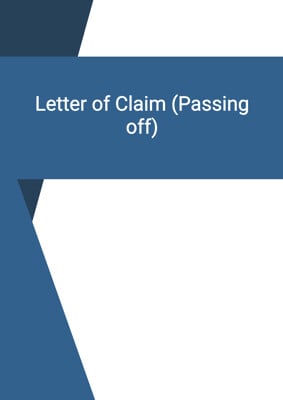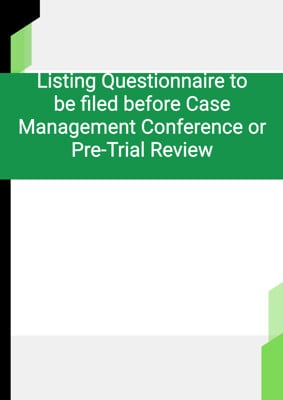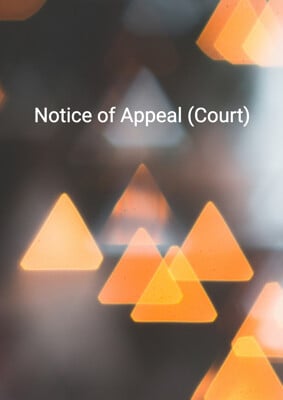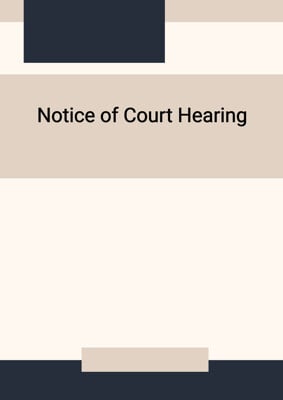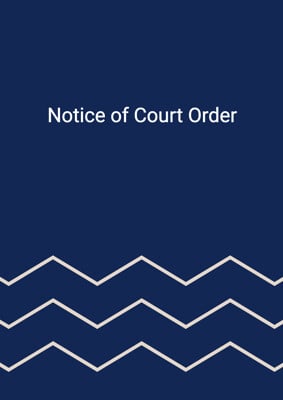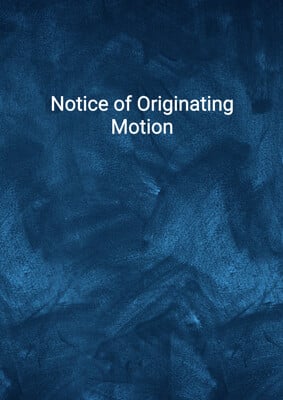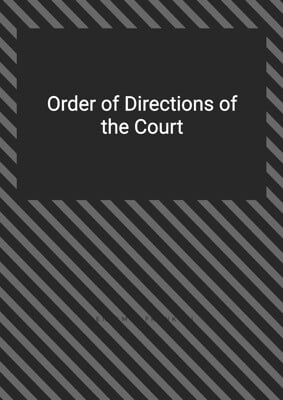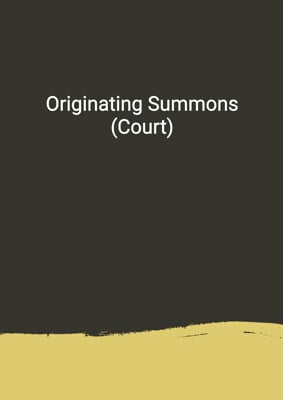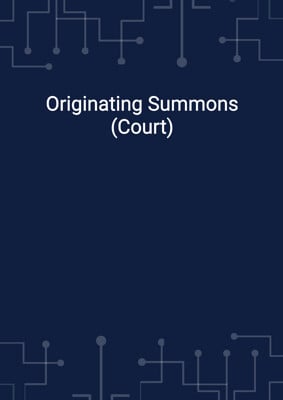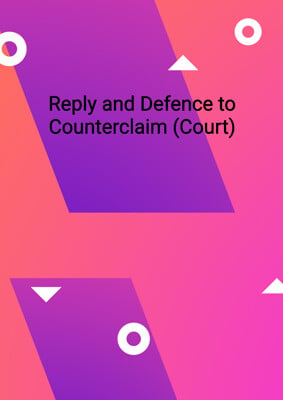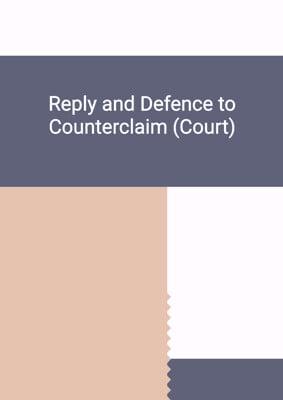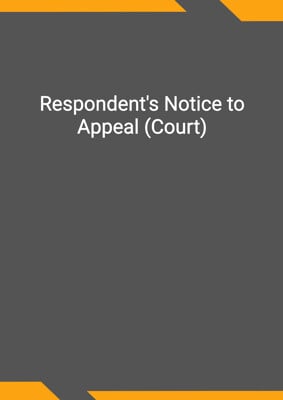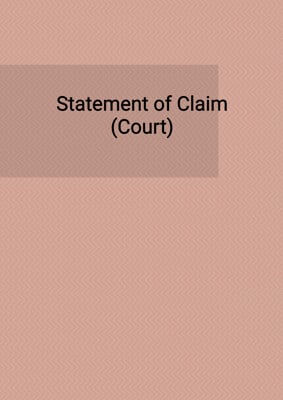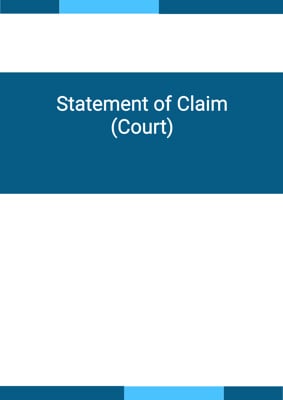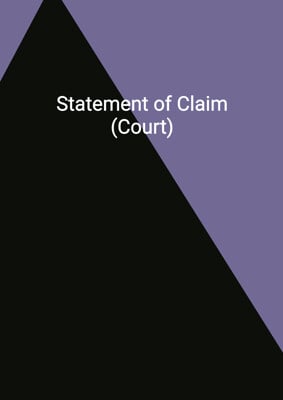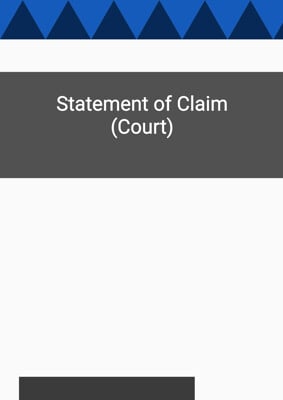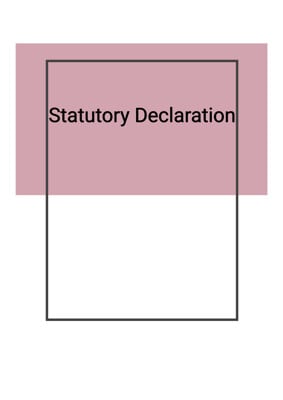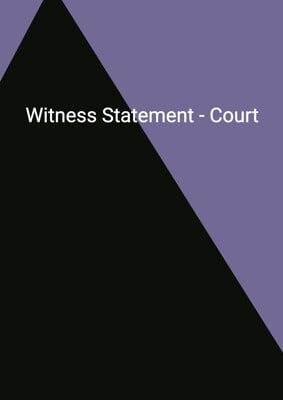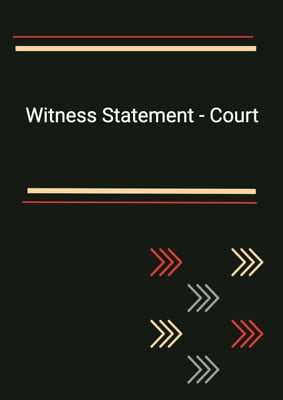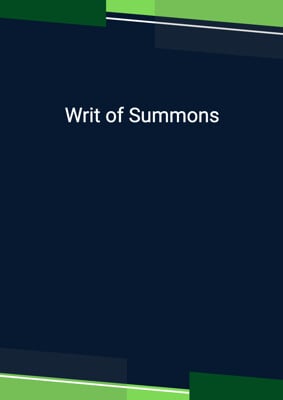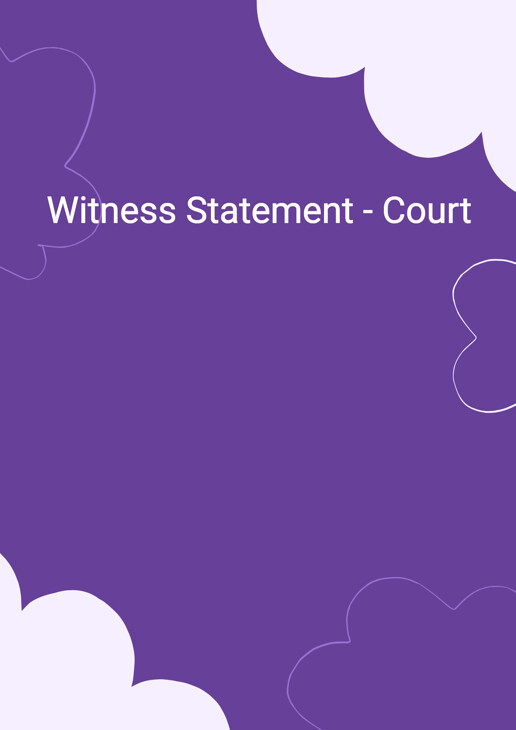
Witness Statement - Court
Advice to a witness on preparing a witness statement (employment tribunal)
This is a letter that informs a witness of all the expectations and guidelines that he or she needs to know for the upcoming trial. This guideline is suitable witnesses who will appear in an employment trial.
How to Tailor the Document for Your Need?
01
Create Document
Click "Create Document" button and the document will be prepared with your account details automatically filled in.
02
Fill Information
Please fill in any additional information by following the step-by-step guide on the left hand side of the preview document and click the "Next" button.
03
Get Document
When you are done, click the "Get Document" button and you can download the document in Word or PDF format.
04
Review Document
Please review the document carefully and make any final modifications to ensure that the details are correct before publication / distribution.
Document Preview
Document Description
The document titled 'Witness Statement - Court' is of great importance in the context of a trial in the tribunal claim. It serves as a guideline for the witness, providing detailed instructions on how to prepare and give their witness statement effectively. The document begins with a thank you note to the witness for agreeing to testify and highlights the significance of their evidence regarding specific matters.
The detailed description of the document is as follows:
1. Introduction: The document starts with a brief introduction, expressing gratitude to the witness and explaining the purpose of the guide.
2. Preparing the Witness Statement: The document emphasizes the importance of recording the witness's recollection as soon as possible while the details are fresh in their mind. It advises the witness to present their evidence clearly and logically, considering any relevant documents referred to in the statement. The witness is encouraged to identify any complex or concerning areas that may need further attention before the hearing.
3. Drafting the Witness Statement: The document explains that the first draft of the witness statement is unlikely to be the final version. It mentions the possibility of multiple draft versions before producing the final statement. It also mentions the requirement for both parties to exchange witness statements in advance of the hearing.
4. Preparing for the Hearing: The document instructs the witness to carefully read through their final witness statement and review any documents referred to within it. It highlights the importance of being familiar with the content of these documents, as they will be included in the hearing bundle and used as evidence. The witness is advised to be prepared to comment on these documents during their testimony.
5. Giving Evidence at the Hearing: The document explains the process of giving evidence at the hearing. It mentions that the witness will be asked to take an oath before answering questions related to their witness statement. It also mentions that the representative will ask supplementary questions to clarify the statement, followed by cross-examination by the other party's representative. The witness may be asked questions by the tribunal, and finally, their representative will ask further questions.
6. Guidelines for Effective Testimony: The document provides guidelines for giving evidence effectively during cross-examination. It advises the witness to tell the truth, the whole truth, and nothing but the truth. It also provides guidance on dealing with hypothetical questions, uncertainties, and the importance of being a credible witness.
7. Answering Yes or No Questions: The document advises the witness to answer yes or no questions directly, while also explaining that the answer may not be complete and there may be additional factors to consider.
8. Referring to Documents: The document advises the witness on how to handle questions that require referring to documents in the hearing bundle. It suggests staying calm if the witness does not remember the content of a document and provides guidance on requesting to read the relevant document or directing the tribunal to find the correct document.
9. Avoiding Repetition and Arguing: The document cautions against repeating answers or arguing with the cross-examiner. It emphasizes the importance of staying calm, focused, and cooperative throughout the cross-examination process.
10. Conclusion: The document concludes with a summary of the guidance provided and offers the witness an opportunity to ask any questions or raise concerns.
In summary, the 'Witness Statement - Court' document is a comprehensive guide that outlines the steps and expectations for the witness in preparing and giving their testimony effectively during a tribunal claim trial.
How to use this document?
1. Prepare your witness statement:
- Record your recollection on paper as soon as possible while the details are fresh in your mind.
- Present your evidence clearly and logically.
- Consider any relevant documents referred to in your statement.
- Identify complex or concerning areas that may need further attention.
2. Draft and finalize your witness statement:
- Understand that the first draft is unlikely to be the final version.
- Be prepared for multiple draft versions before producing the final statement.
- Exchange witness statements with the other party in advance of the hearing.
3. Familiarize yourself with the statement and relevant documents:
- Carefully read through your final witness statement.
- Review any documents referred to in your statement.
- Be familiar with the content and specific pages of the documents.
4. Understand the process of giving evidence at the hearing:
- Take the oath before answering questions.
- Respond to supplementary questions from your representative.
- Prepare for cross-examination by the other party's representative.
- Be prepared for questions from the tribunal.
- Answer further questions from your representative.
5. Follow guidelines for effective testimony:
- Tell the truth, the whole truth, and nothing but the truth.
- Deal with hypothetical questions by specifying the likelihood of events.
- State when you are unsure or cannot remember something.
- Avoid defending the indefensible during cross-examination.
6. Answer yes or no questions directly:
- Answer either yes or no, but explain that the answer may not be complete.
- Be aware that additional factors may need to be considered.
7. Handle questions referring to documents:
- Stay calm if you do not remember the content of a document.
- Request to read the relevant document if necessary.
- Direct the tribunal to find the correct document if needed.
8. Avoid repetition and arguing:
- Only answer the questions asked.
- Do not repeat or expand on previous answers.
- Stay calm and focused during cross-examination.
9. Be a credible witness:
- Admit to mistakes or imperfections if necessary.
- Answer questions about hypothetical courses of conduct reasonably.
10. Seek clarification and raise concerns:
- Ask any questions about giving evidence or cross-examination.
- Raise any matters of particular concern to you.
Follow these steps and guidelines to effectively use the 'Witness Statement - Court' document and provide your testimony in the tribunal claim trial.
Not the right document?
Don’t worry, we have thousands of documents for you to choose from:
